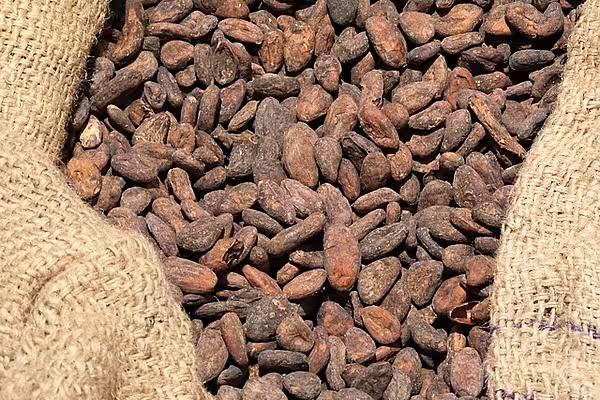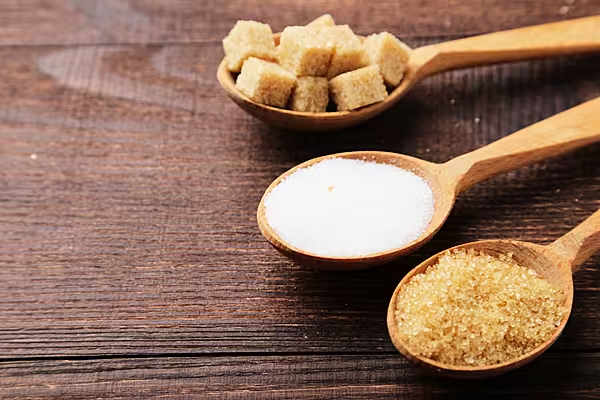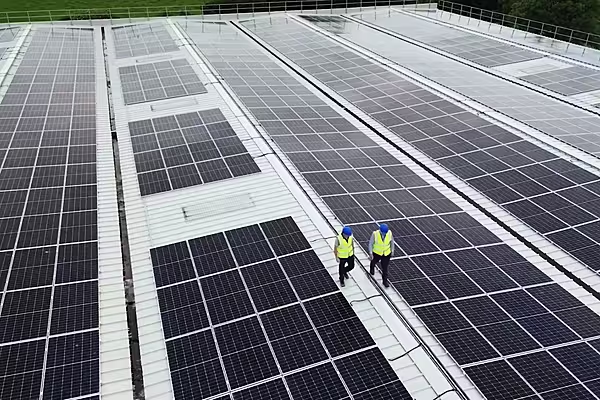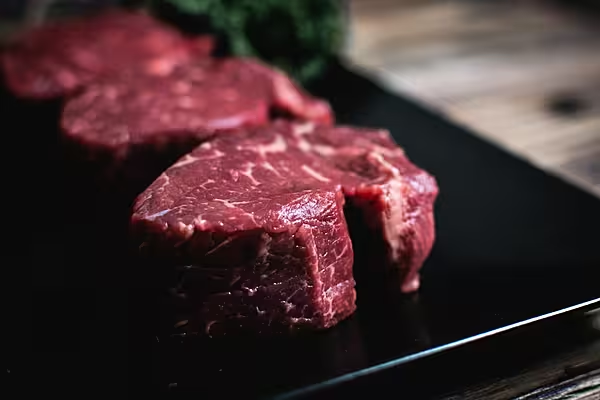Below-average rains mixed with long sunny spells in most of Ivory Coast’s main cocoa regions gave a boost to the October-to-March main crop last week, farmers said on Monday.
The farmers added that a mild Harmattan wind started blowing in some central regions.
The world’s top cocoa producer is in its dry season that runs from mid-November to March, when downpours are scarce.
Farmers said the weather was helping them to dry beans properly and that they would continue to harvest big pods until late January.
However, they added that temperatures were rising and that plantations would need more rainfall in December.
Buyers have not yet negatively commented on cocoa quality, the farmers said.
'More Rain Is Needed'
Joel Kanga, who farmers near the central region of Yamoussoukro, said, “More rain is needed in December, otherwise some cocoa trees may start to weaken.”
In Yamoussoukro, 0.5 millilitres (mm) of rain fell last week – 6.1mm below the five-year average.
Farmers in the west-central region of Daloa and the central region of Bongouanou reportedly made similar comments to Kanga, as rains in those regions were also below average.
Those farming in Yamoussoukro and Bongouanou said they could already feel the seasonal dry Harmattan wind, although it was still mild.
The Harmattan – which usually sweeps in from the Sahara desert between December and March – can harm cocoa pods and dry out the soil, making beans smaller.
In the western region of Soubre, the southern regions of Agboville and Divo and the eastern region of Abengourou – where rains were below average – farmers said beans would be of small size and poor quality in February if rainfall remained scarce next month.
Salame Kone, who farms near Soubre, said, “There’s still a lot of harvesting to be done, but we need enough rain to maintain good quality.”
Average temperatures across the West African country last week ranged from 27.3 to 28.6 degrees Celsius.
Read More: Abundant Rain Raises Ivory Coast Cocoa Crop And Quality Concerns









